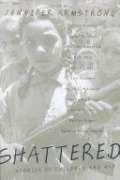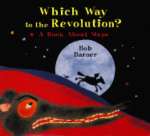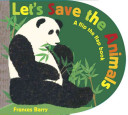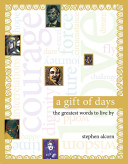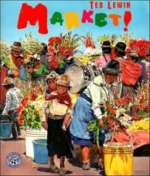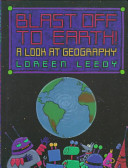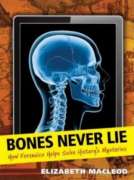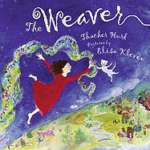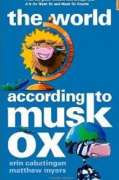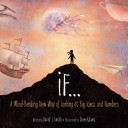
Some things are so huge or so old that it’s hard to wrap your mind around them. But what if we took these big, hard-to-imagine objects and events and compared them to things we can see, feel and touch? Instantly, we’d see our world in a whole new way. So begins this endlessly intriguing guide to better understanding all those really big ideas and numbers children come across on a regular basis.

